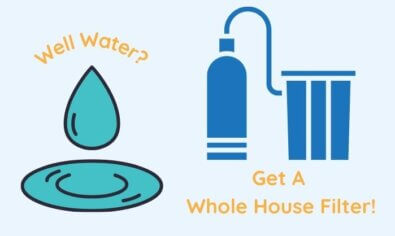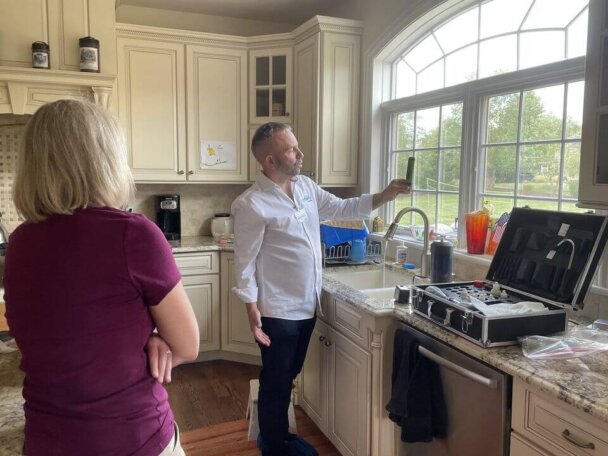How Is Chloramine Used in Water Treatment Facilities?
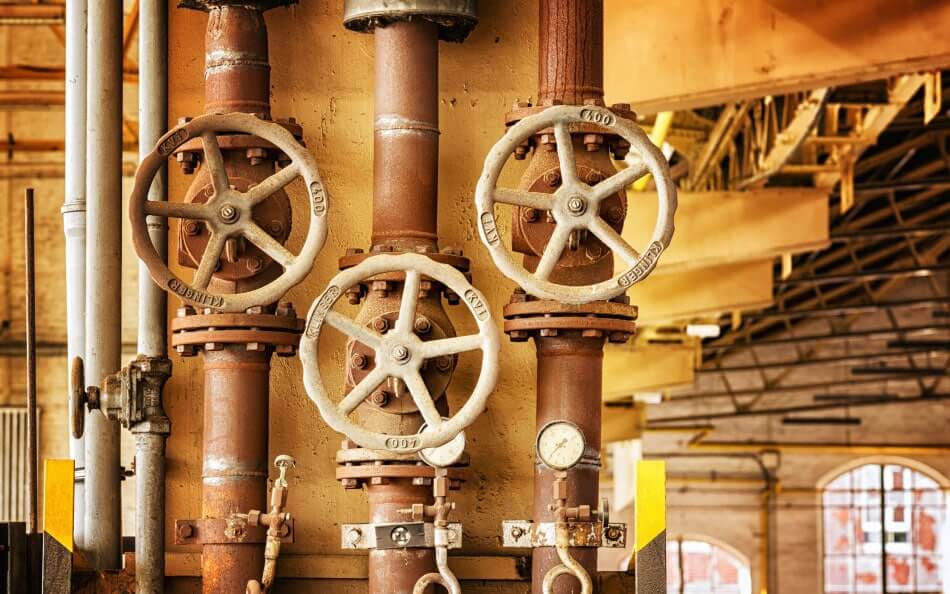
Learn About this Disinfectant Your Water Treatment Facility May Be Using
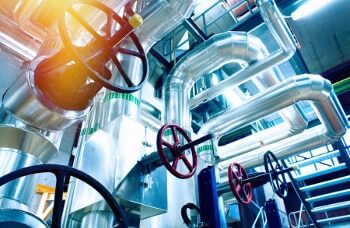
Would you drink water with ammonia and chlorine mixed in? It may not sound appetizing, but that may be exactly what your water treatment company is putting in your water. Chloramine, a mix of ammonia and chlorine, is increasingly commonly used as a disinfectant in water treatment facilities across the country. Is it safe?
Here’s a breakdown of what chloramine is, how it’s used, the risks it poses, and how to best remove it.
What Is Chloramine?
Chloramine is chlorine that’s been bonded with ammonia. It can be formed when chlorine reacts with ammonia that’s naturally found in the water, but in this context the ammonia has been intentionally added to chlorinated water to produce chloramine.
Chlorine is used as a disinfectant to kill various disease-causing pathogens in the water. Chloramine retains this quality, and is also used as a disinfectant, either instead of or in addition to chlorination.
Chloramines actually include three different compounds: monochloramine (NH2Cl), dichloramine (NHCl2) and trichloramine (NCl3). While water utilities often refer to chloramine as monochloramine, these three forms are always converting into each other depending on temperature, pH, turbulence, and the ratio of chlorine to ammonia.
When they first add the ammonia to create chloramine, it starts as monochloramine. Over time, that converts into dichloramine, trichloramine, and other byproducts.
Why and How Is Chloramine Used in Water Treatment?
These days, 1 in 5 Americans have water that’s been treated with chloramine. Why and how is this product used during water treatment?
Chlorine is the most commonly-used disinfectant in water treatment systems in the US. It’s used to kill disease-causing pathogens including bacteria, viruses, and protozoans which grow in water storage tanks, water supply reservoirs, and water mains.
However, chlorine dissipates out of water fairly quickly. In fact, if you leave water standing, chlorine will evaporate out over a fairly short amount of time.
Adding ammonia to chlorine produces chloramine, which is more stable. This means that it stays in water distribution systems longer than free chlorine. Water companies use chloramine for secondary disinfection, to provide longer-lasting disinfection as water moves through your pipes and into your home.
The other advantage of chloramine is that it doesn’t produce trihalomethanes (THMs) in the concentrations that chlorination does.
THMs are byproducts formed when organic matter combines with chlorine. They’ve been linked to increased risks of cancer and problems during childbirth. As a result, the EPA has instituted a maximum contaminant level of .08 milligrams per liter (mg/L) for THMs. Many water treatment facilities have responded to this regulation by adopting chloramine disinfection, or chloramination, because it produces about one-third less THMs than chlorination.
Illinois Water Utilities have been reporting some gross contaminants!
Check out the concerning contamination that has been reported by public water utilities in Illinois!
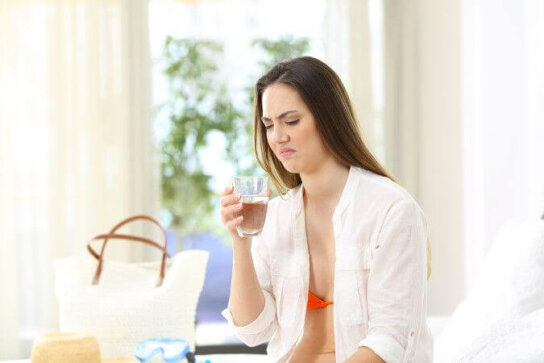
The ammonia used to create chloramine is typically added later in the water treatment process. There are two reasons for this:
- Chloramine is a less effective disinfectant than chlorine. According to the World Health Organization (WHO), it’s about 2,000 times less effective at neutralizing E. Coli and 100,000 times less effective at neutralizing rotaviruses. Adding ammonia later in the process means the water can first be dosed with chlorine to achieve more effective disinfection.
- Over time, monochloramine breaks down into dichloramine, trichloramine, and other byproducts. Those byproducts are undesirable because they’re all more toxic than monochloramine. By adding the ammonia later in the process, they give the monochloramine less time to convert into those other compounds.
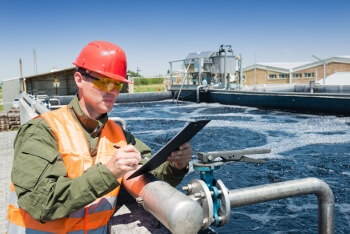
Many facilities use chloramine later in the water treatment process.
What Are the Risks of Chloramine?
While chlorine and its byproducts have been studied extensively for many years, there’s a lot less research about the health effects of chloramine and its byproducts. As it turns out, they may actually pose a greater health risk than the byproducts of chlorine.
Here’s a detailed breakdown of the many possible health risks associated with chloramine.
Respiratory and Other Issues Caused by Inhalation
Chloramine and its byproducts create vapors that exit the water. This is why chloramines, especially dichloramines and trichloramines, can produce that “swimming pool” smell. All chloramines are respiratory irritants, with trichloramines most toxic and monochloramines least toxic. Here are some of the consequences:
- Chloraminated vapor from baths, showers, hot tubs, dishwashers, and other appliances has volatilized chemicals in it. Inhaling that vapor can cause respiratory irritation.
- One study from the University of Pittsburgh found that you get more toxic exposure to these chemicals from taking a shower than you do from drinking that same water. This is because showers have hot water coming out in small droplets that get more surface area exposure to the air, allowing more volatiles to vaporize out.
- If you drank the water, your digestive tract could break some of it down and excrete it. Inhalation is more toxic because inhaled chloraminated vapor can enter the bloodstream directly through the lungs.
- Once chloramine is in the bloodstream, it combines with red blood cells and keeps them from carrying oxygen.
- Chloraminated vapor also damages the lungs and respiratory system directly. Lung damage from exposure to the air near a chloraminated indoor pool is similar to that found in people who smoke regularly.
- Symptoms include:
- Asthma
- Shortness of breath
- Coughing
- Wheezing
- Choking
- Sneezing
- Sinus congestion.
Skin Problems from Contact with Chloraminated Tap Water
Because chloramine contains ammonia, it can cause severe reactions when you make contact with it. Possible reactions include:
- Rashes
- Dry, flakey, chapped, cracking, bleeding skin
- Itchiness
- Welts and blisters
- Burning sensations
- Scaring
- Changes in pigmentation
- Aggravation of existing skin conditions like psoriasis and eczema
- Dry mouth and throat
- Dry, red, burning eyes
Problems for People with Weak Immune Systems
As we mentioned above, chloramine is a less effective disinfectant than chlorine. This means that chloraminated water is more likely to contain dangerous pathogens than chlorinated water. This poses a serious risk to people with weakened immune systems, including:
- HIV and AIDS patients
- Organ transplant patients
- Cancer patients undergoing chemotherapy
- The elderly
- Children under 6 months old
Risks to People with Kidney and Blood Problems
People who are susceptible to ammonia reactivity or toxicity are at increased risk due to consumption of chloraminated water. For example, kidney dialysis patients cannot use chloraminated water in their dialysis machines because it’ll cause hemolytic anemia. In fact, chloraminated water was accidentally used for dialysis in at least one dialysis center. The patients required transfusions to treat the hemolytic anemia, and there was a spike in the death rate in the next 5 months compared to the 12 months before the exposure.
How Do I Remove Chloramine from My Water?
So, how can you use home water treatment to remove chloramine from your water?
Unfortunately, chloramine is very difficult to remove. They’re small, stable molecules that have no net charge. This makes it hard to remove them with distillation, reverse osmosis, or ion exchange.
The best way to remove chloramine is with a whole house water filter using an activated carbon filter with a low flow rate. The carbon itself doesn’t remove chloramine, but it acts as a catalyst for the chemical breakdown of chloramines into harmless chlorides. The byproducts, including ammonia, should then be removed with reverse osmosis.
If you’re worried about chloramine in your water, you should get your water tested. Angel Water will test your water, identify contaminants, and propose solutions. Our licensed plumbers have been installing and servicing whole house water filters and reverse osmosis systems to provide effective water treatment in Barrington, IL and the Chicago area for decades. Give us a call at (847) 382-7800 to discuss how we can make your water safer today!
Interested in a Water Softener System for Your Home?
You don’t have to live with a dry, itchy scalp and brittle hair anymore! It would be our pleasure to help you find the right water softener to make your showers enjoyable again.
Please give us a call at (847) 382-7800 or visit our water softener page to learn more.


